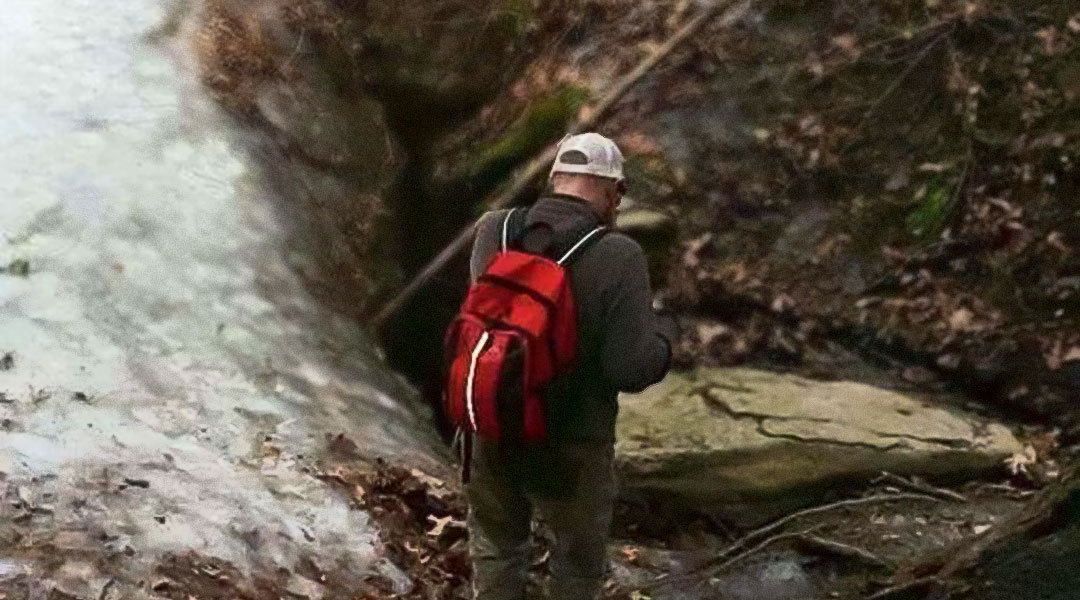April to early June is the holy season for foragers and foodies in western PA – the short window of time for collecting ramps. Like every outdoorsy weirdo who enjoys eating what the woodlands offer, I love to work a bounty of ramps into my lunches and dinners. But to be perfectly honest, I much prefer the foraging in February and March, when wild garlic mustard is in a leafy green stage and ready to spice up every meal.
As an ecology-minded outdoorsman, I feel it necessary to mention that garlic mustard is an invasive species. Not native to the Americas, it was originally brought over by European immigrants in the 19th century, and it will dominate the ground cover wherever it grows. It thrives on forest floors, especially at the woodland’s edge and into floodplains. I usually try to leave plenty of forage behind – enough for wildlife, for fellow foragers, and for the growth to remain sustainable for seasons to come. But when dealing with an invasive plant—all parts of which happen to be edible—I have no problem pulling up as much as I can reasonably carry with me.
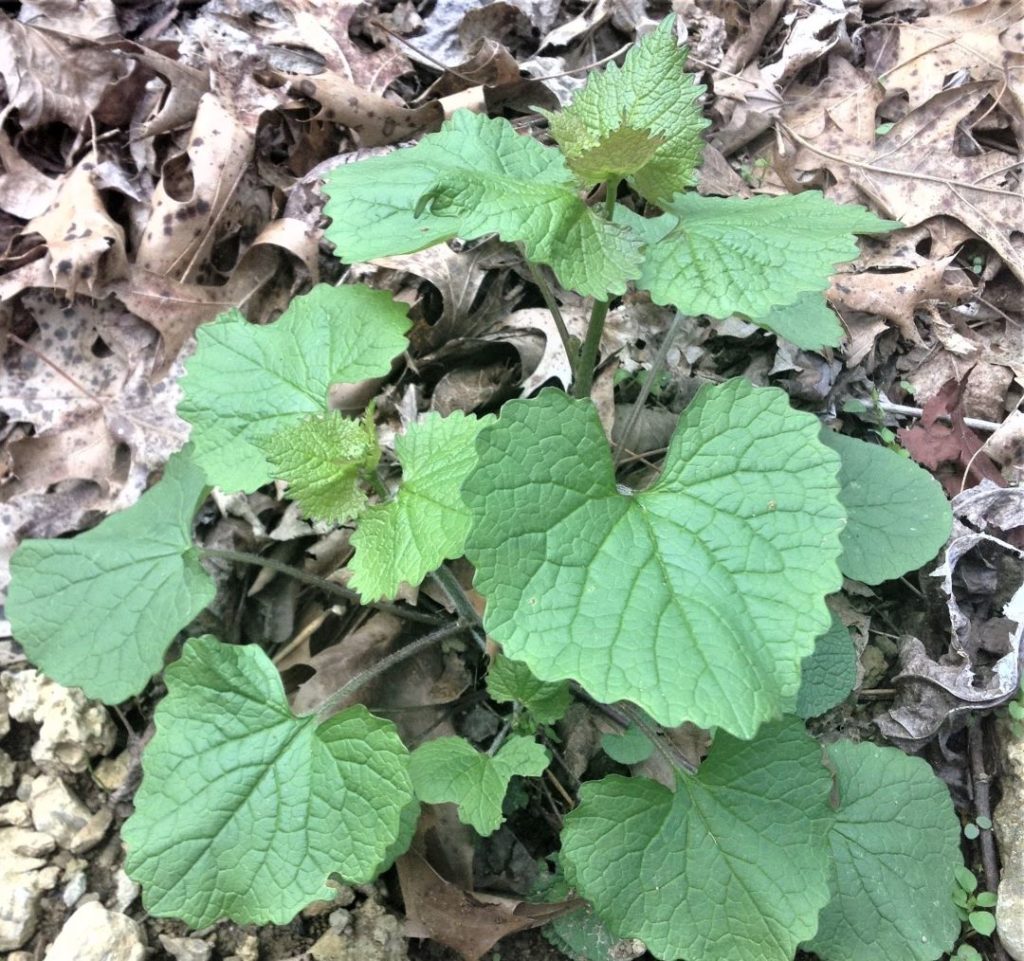
As mentioned, all parts of the plant are edible, and you can find recipes everywhere. But I prefer the leafy greens of early growth in February and March. Another quick word of caution: this is a plant for garlic lovers. It is not a mild, leafy green ubiquitously enjoyed. Small quantities can be mixed into other dishes, but by and large it is strong and bitter – similar to well-roasted garlic. Mix it into soups or stews. Tear the leaves up and mix them into potatoes or eggs. Drop a few leaves into your salad or onto your pizza and pasta. You can even shred the roots and use it similarly to horseradish.
Pick as much garlic mustard as you find and help save the forest floor. Do you like wildflowers? How about the breathtaking biodiversity of woodland flora and fauna? Well, luckily you can help preserve that sustainable ecosystem while simultaneously elevating your meals in a delicious and nutritious manner by picking every bit of garlic mustard you stumble across. Casual foragers already love blackberries, morels, and ramps. If we can all incorporate garlic mustard into our harvests, we can help preserve the delicious tastes of the forest for everyone.
John Muir wrote about how he hated the word “hike.” He preferred the word “saunter.” In his mind a hike was a goal-oriented, focused activity that kept people from fully immersing themselves in the wilderness, while a saunter was one’s way of entering the wilderness on the wilderness’s terms – embrace the forest and it will embrace you. I started this with the intention of talking about early-spring hikes, but instead I sauntered into a memory of a time I stumbled across a patch of teaberry that had made it through the winter with berries intact. I was kind of excited, but ultimately they just tasted like snow and dirt. That led to thoughts of tastier early-spring forages, and that’s how we’ve found ourselves where we are in this story. So I hope you like garlic mustard, and I hope you’re still with me as we see where this trail leads.
There was once a time I stumbled across some teaberries that somehow survived winter. But that’s just a small part of the story. You’ll never see me in Backpacker magazine or anything, but I’m more than comfortable tackling long stretches of trails rated intermediate. And I’ll take on shorter advanced stretches from time to time as well. As with all who live within the shadow of the North Country Trail, I’ve dreamed of thru-hiking it. Technically that’s not impossible, but for all intents and purposes it’s safe to say that it is. And so I often find myself on interesting stretches of the NCT that work their way through northwestern PA.
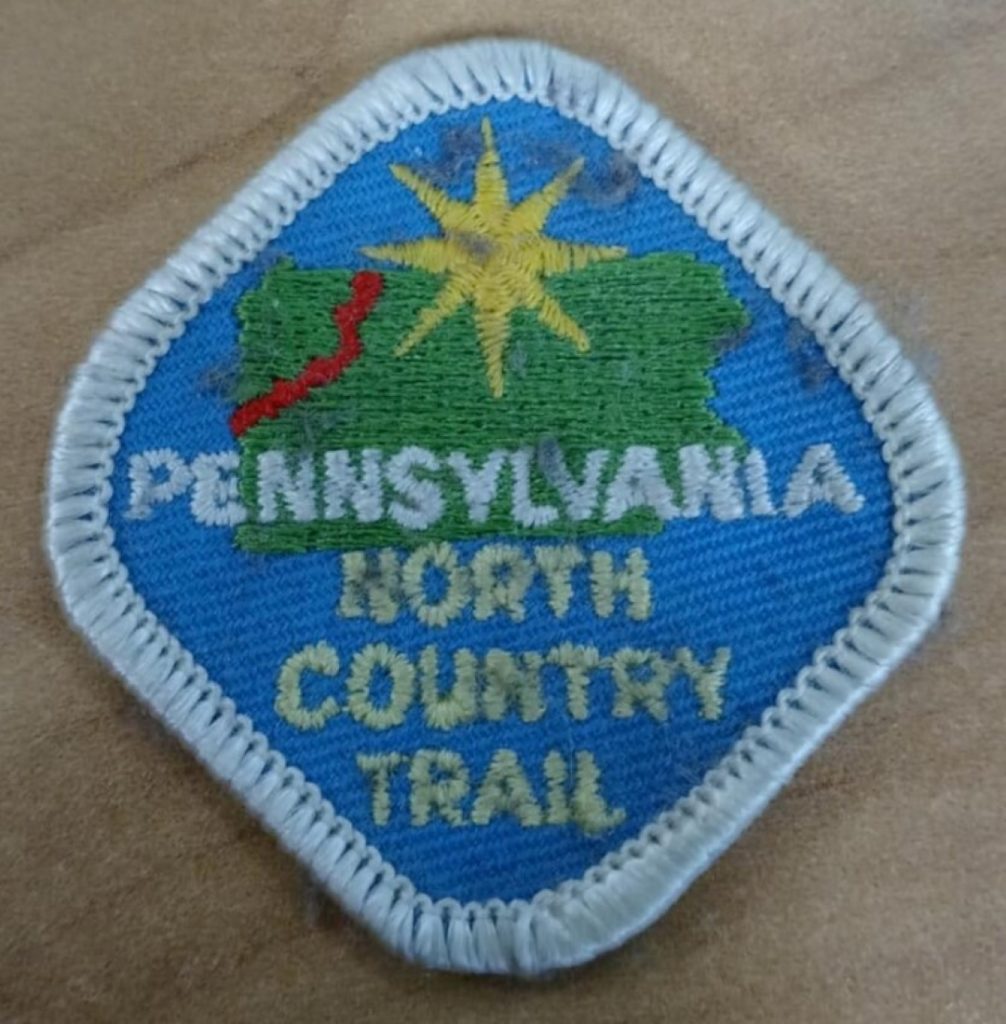
Over the years parts of these trails have started to feel like home, and other parts still surprise me with new spots and new experiences. No matter if I’m doing a quick mile and back to a cool waterfall or slogging over 15 miles of seemingly endless switchbacks and elevation changes, the North Country is often the only way to satisfy something within me. There’s just something about where the pines slowly give way to hardwood. Throw in a creek that’s spent millions of years carving ridges and channels in sandstone, limestone, and shale, building its own post-glacial life, and you’ve got a spot where you just might find me as I sit and recharge my heart and mind.
Thru-hikers all have stories of trail magic. If you’ve spent enough time getting dirt in your treads then you already know what I’m talking about. Sometimes it’s other hikers, sometimes it’s folks who live near the trail, sometimes it’s just the serendipitous nature of the wild, but at some point something conspires in your favor. One day you and a friend might stumble across a couple bottles of beer buried by a tree, or a cache of trail mix and jerky, or someone with a car at the trail’s end who drives you to the local diner you didn’t know about. Trail magic. They’re small moments, but they can keep you going when you need it most. Similar things sometimes happen on day hikes, or when you’re simply out for a quick romp in the woods. These are less of the inspiring, motivating actions to keep your feet moving forward, and more like small reminders of why the wild is a magical place that should be shared with all.
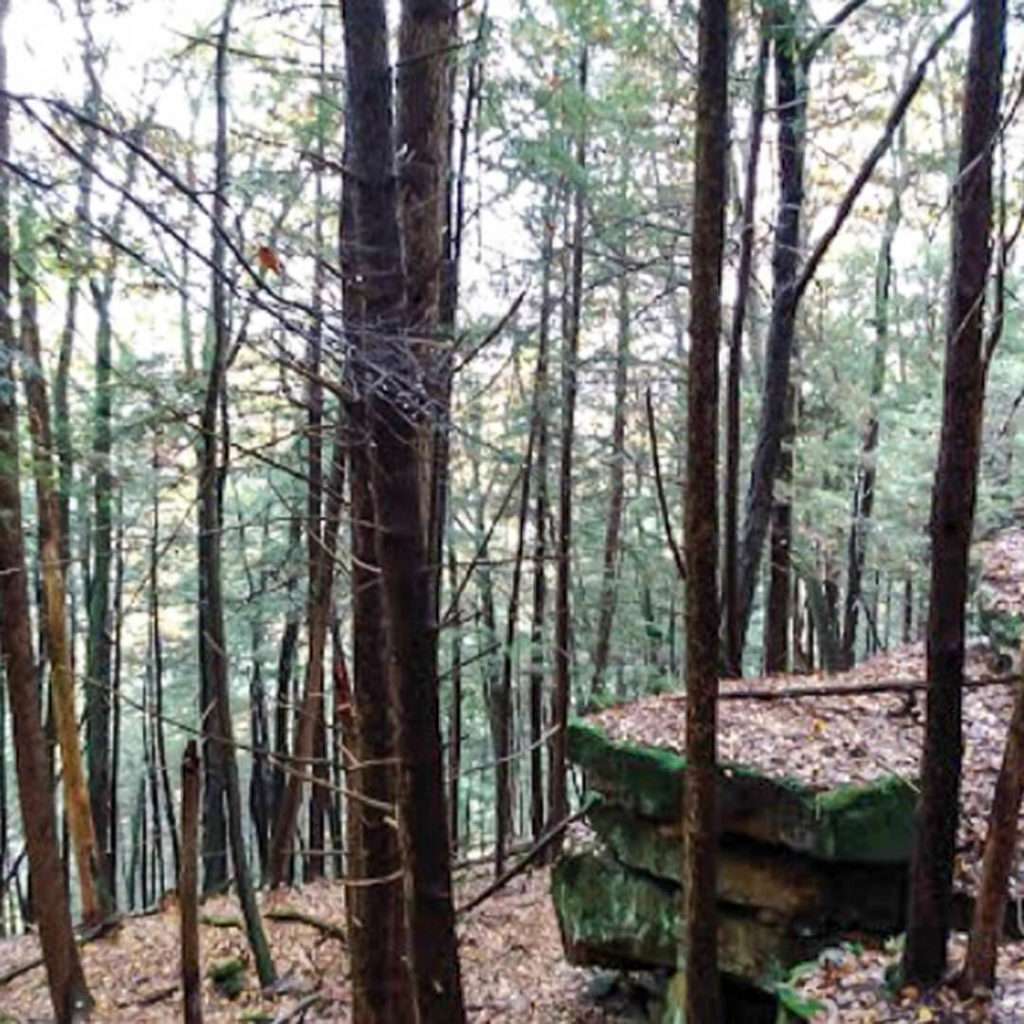
There was once a time I stumbled across some teaberries that somehow survived winter. My regular hiking partner and I stopped to eat a few, but they just tasted like snow and dirt. So we continued on this particular stretch of the North Country Trail, one that for a short while passes through a few miles of state game land, but even then is usually pretty empty. I enjoy this hike because it passes by a number of old stone foundations – remnants of 18th and 19th century forest homes long lost to time, the ghosts of exploration and the moss-covered faith our ancestors had in their ability to live off the land.
A few miles beyond those rugged reminders, just above the sloping ridgeline that leads to the creek, where the ground evens out and is under a constant coating of deadfall from this productive eastern deciduous, there stands stacks of huge sandstone slabs, layered like blocks, here just a few dozen miles north of the southern extent of the last ice age. 150,000 years ago many of these creeks were all one, until ice dams built new routes, separated some flows from one another, and backed up enough water to significantly deepen and widen the creeks. It happened again about 25,000 years ago, and here we stand now, able to enjoy the dynamic beauty born from such a stark, frozen chaos. The trail is easy here, and winds right past this particular stack of sandstone, and it’s a safe bet that everyone who passes by thinks of climbing it.
We’re not talking about something intimidating or imposing here; the rock face is maybe 30 feet high, with countless large handholds and footholds. You probably don’t need any rock climbing experience to safely scramble to the top, and you certainly don’t need a harness, ropes, carabiners, cams, or a belay. A fall would suck, so know your abilities, but this is a simple little climb that feels fun and adds a touch of something different to your everyday hike.
We all regularly confront the Law of Diminishing Returns. The more we do something, the less satisfaction we get from it. As one who regularly hikes and saunters, many of my journeys through the forest are routine, performed with an almost habitual, religious observance. The most memorable ones are on new trails, or consist of something noticeably good or noticeably bad occurring, or include something unexpected and out of the ordinary.
So one day, a few miles past an unexpected but disappointing forage of spring teaberries, a few miles past the mossy memories of tougher folks than me, I climbed the rock face to stand a little higher for a bit. I had a better look over the ridge, I felt where the sun broke through the trees, and I enjoyed a vantage that has to be earned, even if it is an easy climb. I looked down at my feet and through the dirt I saw this:
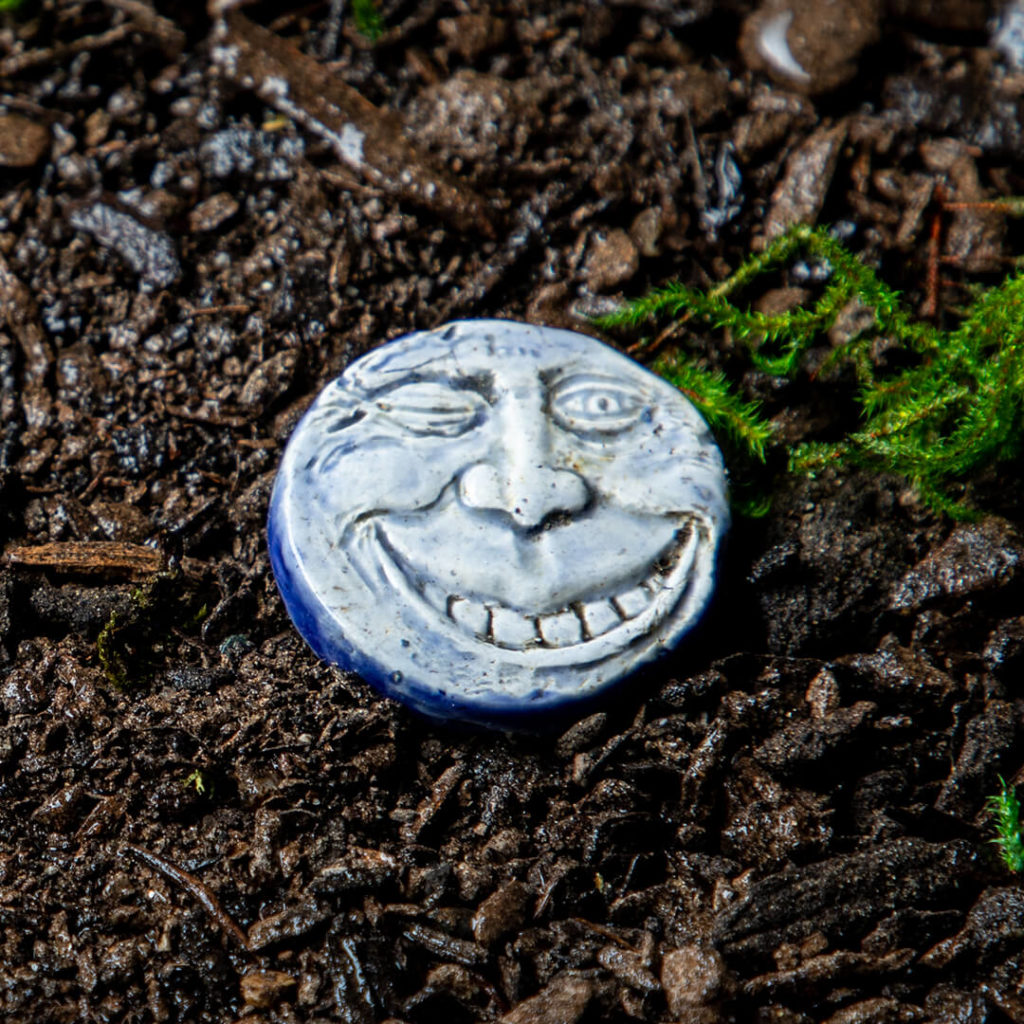
A troll, perhaps? Some sort of wise and playful woodland face I’d never before seen. Like anybody in that situation, I immediately picked it up, and the backside looked like this:
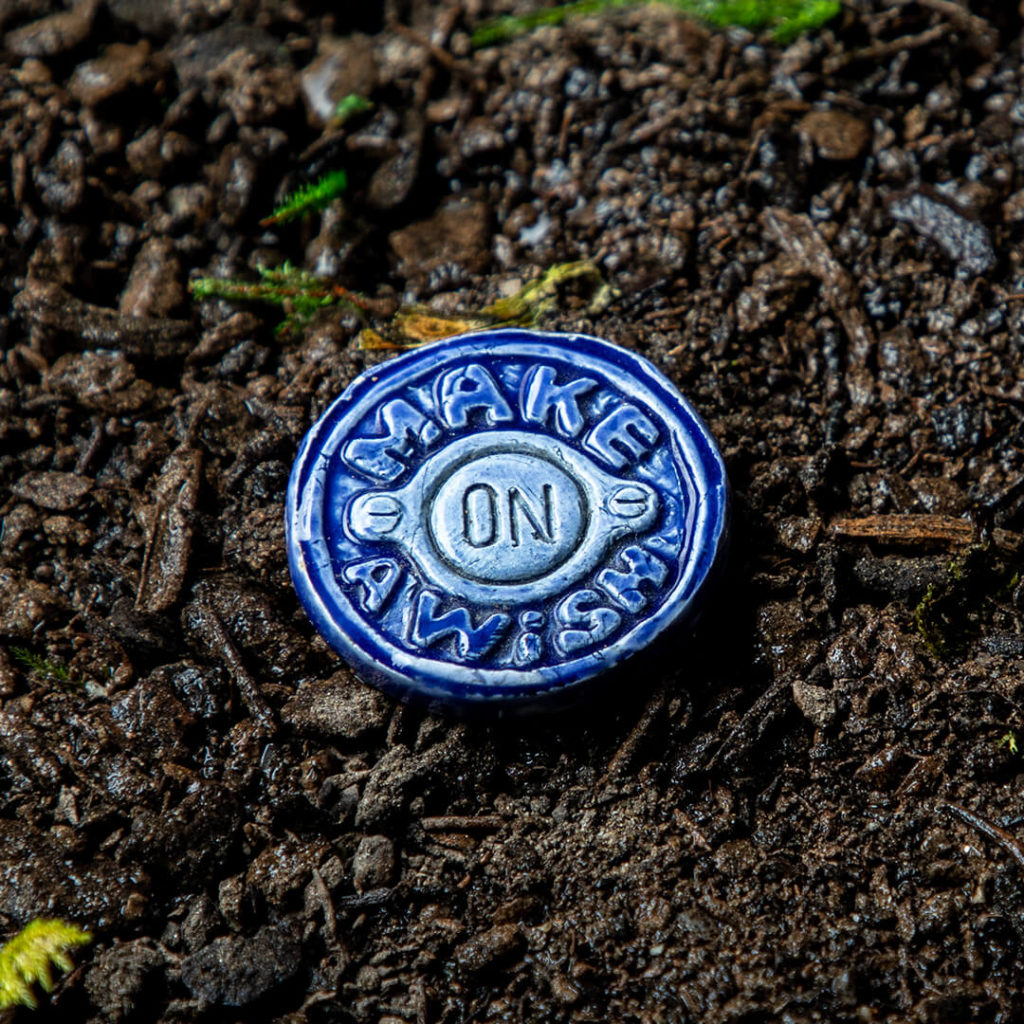
Did I trust the troll? Well, that’s difficult to answer. Folk tales and fables are full of tricksters – wishes are granted with unintended consequences. Shapeshifters, witches, leprechauns, trolls, genies, fairies, nymphs, pixies—and the list goes on—from before we’re old enough to read we learn stories that warn us of wishes, especially if that wish is offered by a woodland creature we randomly stumble upon. And for the first time in my life I now held a coin that promised a wish.
With something that danced between joy and uncertainty, I put it in my pocket and scrambled back down the rock face to the trail. I showed it to my hiking partner, who thought it was a pretty cool find, so I put it back in my pocket and decided that I would ponder some wishes while we continued our hike. The only thing I was certain of was that trail magic lives on the trail, so if I were to make a wish it would have to be before we left the forest.
There was a spot along the trail that felt right, but I’ll keep it to myself. I thought of a wish that felt right, but I’ll keep that to myself too. We continued on, parallel to the creek, until getting to the trail’s end, and then went out for burgers and beers, which is my preferred way of wrapping up a day hike. Recapping the day is always better with burgers and beers.
Three days later my wish came true. Were there unintended consequences? Well, a smart guy once wrote that “for every action, there is an equal and opposite reaction.” Everything that happens is balanced out by something else. But my consequences were not tragic, malicious, or some sort of lesson – they were simply the result one would expect from the natural occurrence of what I happened to wish for.
The trickster had left me alone. Or perhaps it was never a trickster in the first place, but a sincere granter of wishes. Or perhaps there was no magic and my wish was so innocuous, and was something I’d already been working toward, that when it came true it was simply the natural unfolding of where life was already headed. I can’t say for certain one way or another. What I can say is that the coin has become my good luck charm. I don’t make wishes on it. I was given one wish and I got it. But I always have the coin on me when I head out on a hike. I’m not sure if I actually believe in magic, but the forest is the closest thing I’ve seen.
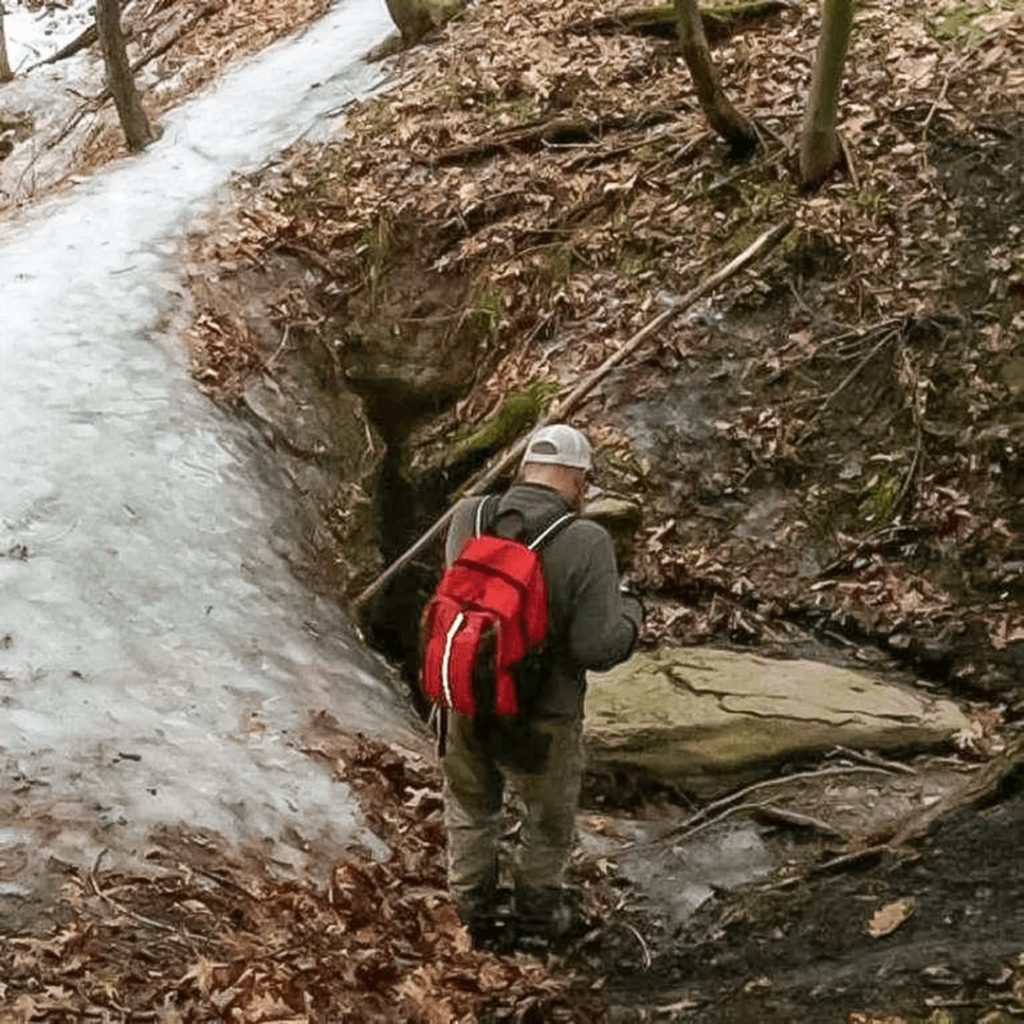
- Oktoberfest Beer - September 9, 2025
- The Boozy Dark Delight - November 27, 2024
- 3 Christmas Mocktails You Need to Make Your Holiday Party a Hit - October 7, 2024


